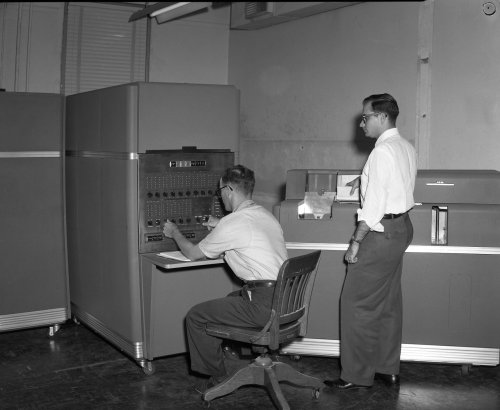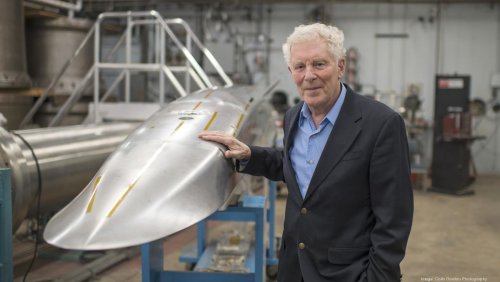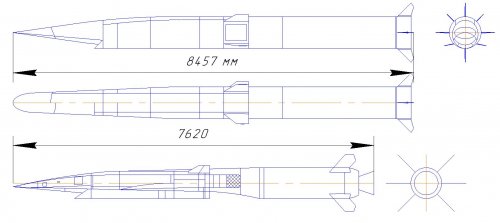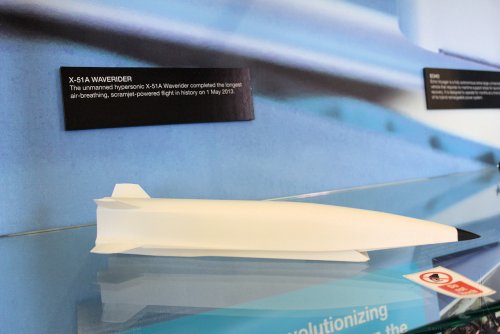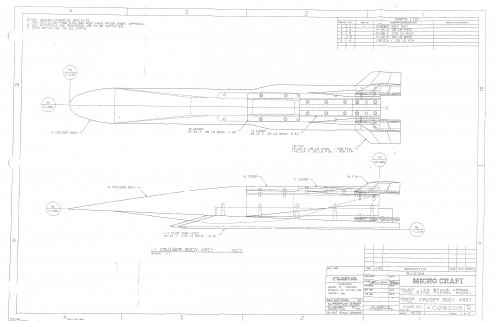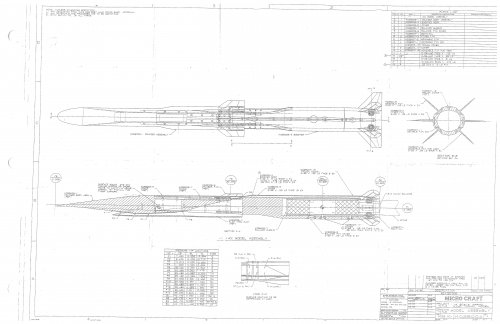http://www.defensenews.com/story/defense/air-space/2016/03/16/lockheeds-marilyn-hewson-touts-breakthroughs-hypersonic-weapons/81836070/
Although it is extremely difficult to reach and maintain such speeds due to extreme temperatures and thermal loadings, the US has had the ability to build boost glide and boost cruise weapons for six decades. NASA’s X-15 effort in the 1960s was able to achieve speeds of Mach 5, and in 2013 the Air Force’s X-51 Waverider air vehicle, launched from a B-52 bomber, reached Mach 5.1 at 60,000 feet
-----------------------------------------------------------------------------------------------
I've been preaching the "historical" solution just plain old rocket technology to produce a high speed weapon now and R&D on more exotic air-breathers down the road.
-----------------------------------------------------------------------------------------------
To meet this need, Lockheed is working on a number of innovative technologies to enable long-duration, maneuverable, hypersonic flight, company CEO Marillyn Hewson told reporters March 15. These breakthroughs include new thermal protection systems, innovative aerodynamic shapes, navigation guidance and control improvements, and long-range communication capabilities, she said.
Lockheed has previously supported work on hypersonics. In 2011, a joint Lockheed-Defense Advanced Research Projects Agency effort tested HTV-2, a hypersonic vehicle designed to travel at Mach 20. But the friction and heat burned through the test vehicle’s outer shelf, and it crashed into the Pacific Ocean.
Based on lessons learned from HTV-2, Lockheed is currently supporting two new customer efforts in hypersonics: the Hypersonic Air-breathing Weapon Concept, or HAWC, and the Tactical Boost Glide vehicle, Hewson said.
“The technology could also enable hypersonic passenger flights, and, even easier, access to space,” Hewson said. “I am confident that Lockheed Martin has the technical expertise to make it happen.”
Lockheed’s secretive Skunkworks arms is working with Aerojet Rocketdyne to mature technologies for HAWC, a joint DARPA-US Air Force effort, according to Skunkworks executive vice president Rob Weiss. Lockheed’s HAWC uses a booster to get up to altitude and then fires a “scramjet” engine that funnels in oxygen from the outside air to reach upwards of Mach 5, Weiss said March 15.
Lockheed will submit a proposal later this month, and expects a contract award in the middle of the year, Weiss said. A demonstrator aircraft will fly in the 2018 timeframe, he said.
Lockheed, along with Raytheon, also recently won a contract for the initial phase of the Tactical Boost Glide, another joint DARPA-Air Force program. The TBG is boosted up to high altitudes and speeds over Mach 5, and then glides to its target, Weiss explained.
“We actually feel that we’ve made substantial progress in all the technologies associated with hypersonics,” Weiss said. “There’s a number of challenges in the technologies, the propulsion, the materials that have to deal with the high temperatures, and we’re at a point now where those technologies are mature, and therefore we feel very confident that we can field and successfully fly a hypersonic vehicle.”
Hewson also showed an image of a third hypersonic concept, similar to the HAWC but with a recoverable “turbine-based combined cycle” engine, Weiss explained. The HAWC’s booster is designed for a single use, he stressed. There is not yet a DARPA project for this capability, and Lockheed still needs to mature the propulsion technology, he said.
Such an aircraft could be produced for less than $1 billion, Hewson said.
“Most importantly, we’re proving a hypersonic aircraft can be produced at an affordable price,” Hewson said. “We estimate it will cost less than $1 billion to develop, build and fly a demonstrator aircraft the size of an F-22.”

